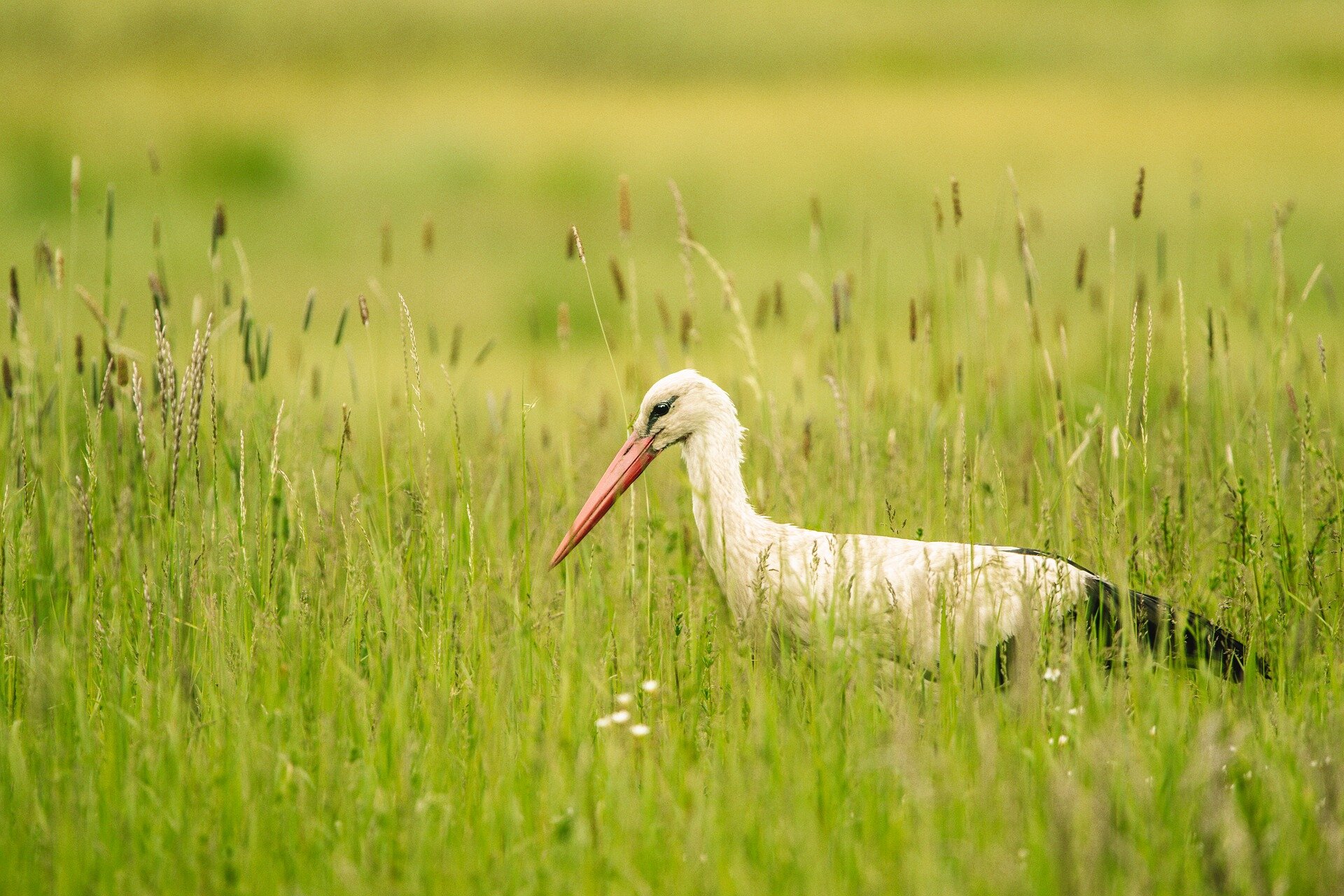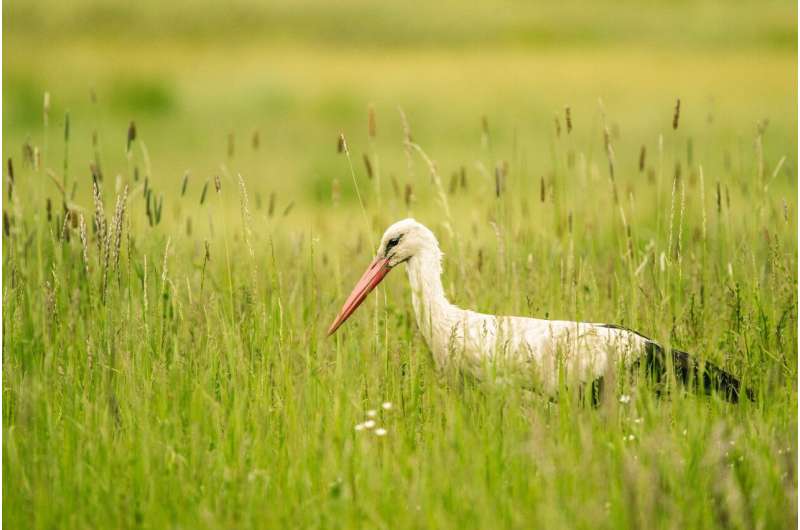

Birds call forth a myriad of meanings in the Gilgameš Epic. Winged creatures convey abundance and revelry, enhance the narrative’s soundscape, and foretell events in the story. In the article “Soundscapes, Portentous Calls, and Bird Symbolism in the Gilgameš Epic” published in the Journal of Near Eastern Studies, Adam E. Miglio employs an intertextual analysis to examine the epic poem’s avian literary motif.
Miglio focuses primarily on bird imagery found in the Standard Babylonian Gilgameš Epic.
To gain a deeper understanding of the symbolism of a variety of birds in the ancient Mesopotamian epic, Miglio consults first millennium texts, including lexical lists, birdcall texts, and omen literature. The scholarly texts offer insight into the cultural connotations of a bird’s appearance as well as the sound of its call.
The birdcall texts delineate birds’ relationships to deities and assign a specific sound to each bird. These cuneiform tablets, in fact, reveal bird calls were often linked to familiar Akkadian phrases.
The article begins with an analysis of Tablet V, detailing the lively sights and sounds of Ḫumbaba’s Cedar Forest. Capturing distinct bird calls within this sacred space, Miglio highlights the importance of the stork’s (raqraqqu) and the chukar’s (tarlugallu) calls, elaborating how both sounds are literary devices that elicit a sense of foreboding. Their calls, in addition to their respective mythological relationships, foreshadow Gilgameš and Enkidu’s transgressions against the gods when they kill Ḫumbaba and cause destruction in the Forest.
As the epic progresses, use of bird imagery presents grimmer connotations. In both Tablets V and VII, a recurring link emerges between birds and instances of violence. Drawing upon the omen compendium, Miglio cites Enkidu’s invocation of the owl’s call (tukku) as evidence of this relationship. Owls—given their perception as nocturnal loners residing on nature’s periphery—were viewed as harbingers of misfortune. Enkidu uttering the owl’s cry before entering the Forest, Miglio argues, symbolically establishes the pair’s status as intruders. The owl, its cry, and the accompanying inauspicious connotations reappear in Tablet VII. Enkidu references an owl in a curse. This deathbed curse, in turn, is interrupted by an owl’s cry, serving as an omen that Enkidu shall soon travel to the Underworld. The connection between birds and death persists beyond the mortal realm. In the dismal Underworld, residents encounter a sinister figure who partly resembles an eagle, and the deceased “are clothed like bird(s) with garments of feathers.”
Referencing George’s prior work, Miglio likewise asserts omen literature and birdcall texts provide insight into the symbolism behind Ūta-napišti’s reconnaissance birds during the Flood in Tablet IX. Explorations by three separate birds—first a dove (summu), then a swallow (sinuntu), and finally a raven (āribu)—represent stages of the Flood and offer explanations for each bird’s behavior.
Considering similarities in bird perceptions across texts and the Gilgameš Epic‘s numerous iterations, the analysis invites questions about the relationships among these sources and the degree to which one work may have influenced another. Further inquiry, Miglio suggests, may bolster our conceptualization of the history and intertextuality of these literary works.
2 bird flu cases confirmed in US zoos as virus spreads
Adam E. Miglio, Soundscapes, Portentous Calls, and Bird Symbolism in the Gilgameš Epic, Journal of Near Eastern Studies (2022). DOI: 10.1086/718002
University of Chicago
Citation:
A motif perched within the Gilgameš Epic (2022, May 6)
retrieved 6 May 2022
from https://phys.org/news/2022-05-motif-perched-gilgame-epic.html
This document is subject to copyright. Apart from any fair dealing for the purpose of private study or research, no
part may be reproduced without the written permission. The content is provided for information purposes only.